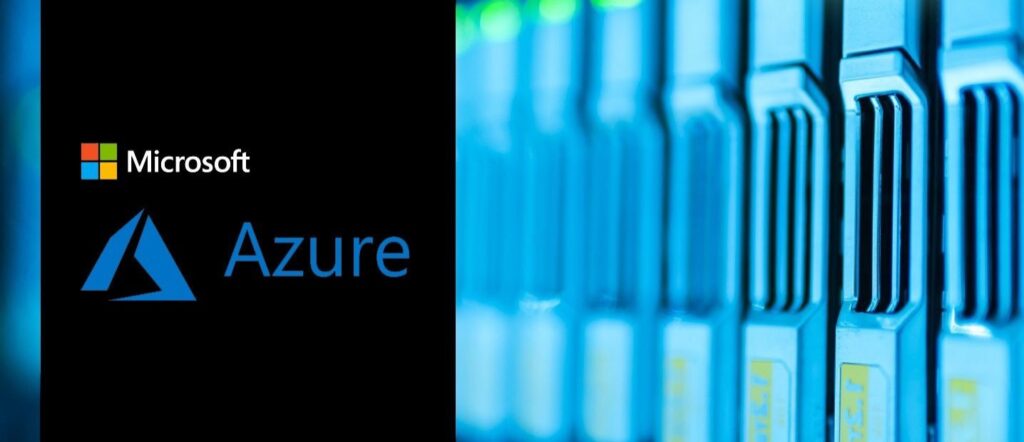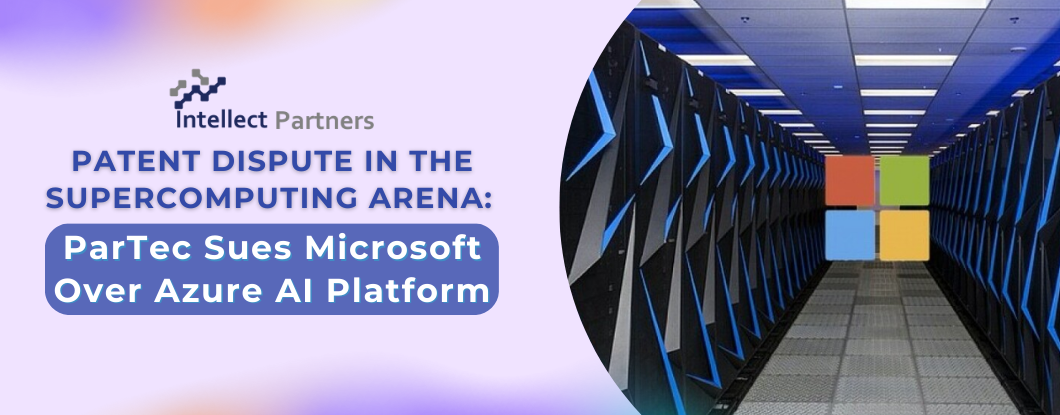The world of high-performance computing (HPC) is heating up, not just with processing power, but with a legal battle brewing between German HPC vendor ParTec and tech giant Microsoft. On June 10, 2024, ParTec filed a lawsuit in the U.S. District Court for the Eastern District of Texas, alleging that Microsoft’s Azure AI platform infringes on its patents related to a critical technology: dynamic modular system architecture (dMSA).
ParTec’s dMSA technology is a game-changer in supercomputing architecture. It revolves around tightly coupled modules housing a large number of interconnected processors or accelerators. This innovative design enables efficient handling of mixed workflows, seamlessly integrating HPC, AI, and big data analytics. According to the lawsuit, Microsoft’s Azure AI platform, touted as “one of the most powerful AI supercomputers in the world,” leverages technology covered by ParTec’s patents, granted between 2018 and 2024.
ParTec is seeking a multi-pronged resolution. The company is requesting an injunction to halt Microsoft’s use of the allegedly infringing technology within the Azure AI platform. Additionally, they are pursuing compensation for damages incurred due to the infringement and licensing fees for the use of their patented technology. The lawsuit also indicates ParTec’s preference for a jury trial.

Beyond the Lawsuit: Implications for the Tech Industry
This patent dispute transcends a single case. It underscores the growing significance of patent protection in the rapidly evolving landscape of supercomputing and AI development. Companies like ParTec are taking a proactive stance in enforcing their intellectual property rights, sending a clear message to tech giants like Microsoft. The onus lies on these larger players to ensure their products and services operate within the boundaries of existing patents.
This legal battle serves as a cautionary tale and a reminder to all industry participants. Staying ahead of the intellectual property curve is crucial. Companies must meticulously evaluate their technology against existing patents to avoid potential infringement lawsuits. Conversely, for those pioneering new advancements, securing robust patent protection is paramount to safeguarding their innovations and reaping the rewards of their research and development efforts.
The Takeaway: Protecting Innovation in a Competitive Landscape
The ongoing patent dispute between ParTec and Microsoft highlights the intricate world of intellectual property in the tech industry. As the boundaries of supercomputing and AI continue to be pushed, robust patent protection strategies will be instrumental for both established players and emerging innovators.


